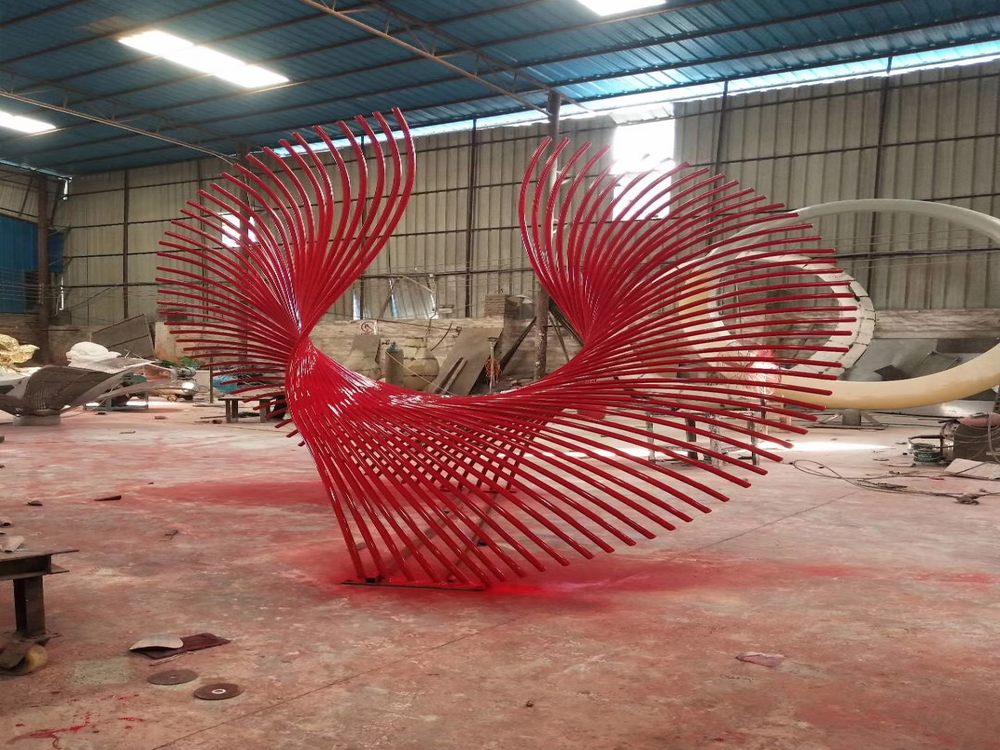
Texture gradients are a powerful tool in stone sculpture, allowing artists to create the illusion of depth and dimension on a flat or curved surface. By varying the roughness, smoothness, or pattern of the stone, sculptors can guide the viewer’s eye and evoke emotional responses.
One common technique involves gradually transitioning from coarse to fine textures, mimicking natural surfaces like skin, fabric, or foliage. For example, a sculptor might use deep gouges at the base of a figure, shifting to smoother strokes toward the face to emphasize realism. This gradient effect tricks the brain into perceiving three-dimensionality even in static stone.
Artists also employ tools like chisels, rasps, and sandpaper to achieve precise textural contrasts. Some even incorporate natural weathering or chemical treatments to enhance gradients organically. The interplay of light and shadow on these textured surfaces further amplifies the sculpture’s lifelike quality.
Ultimately, mastering texture gradients allows sculptors to transform rigid stone into dynamic, expressive art that captivates and endures.

